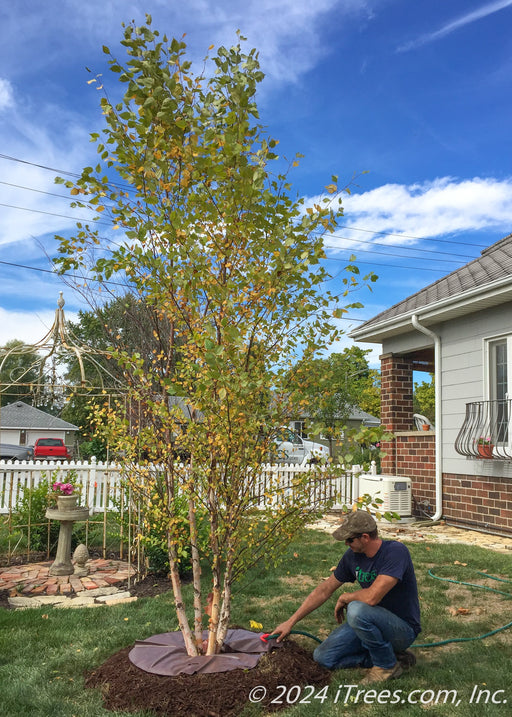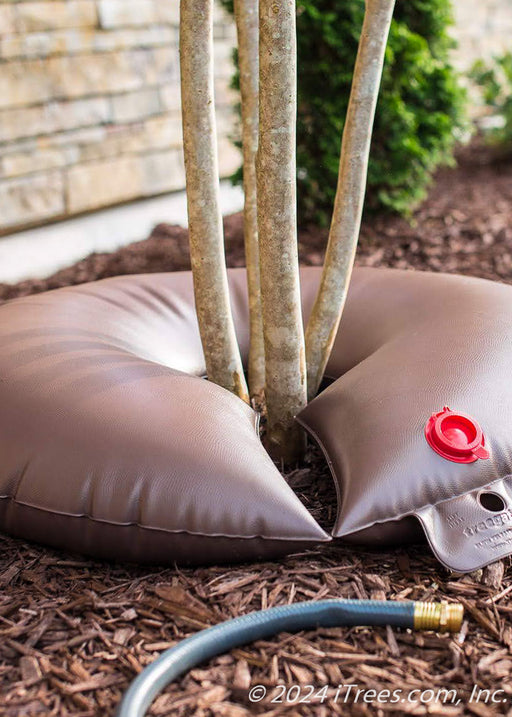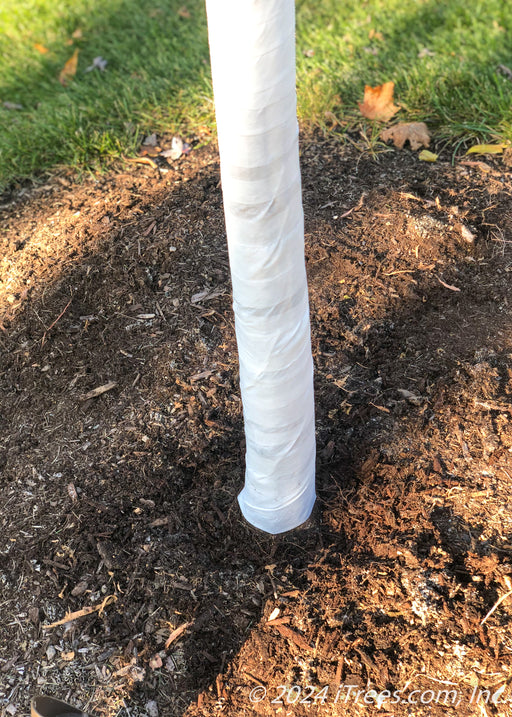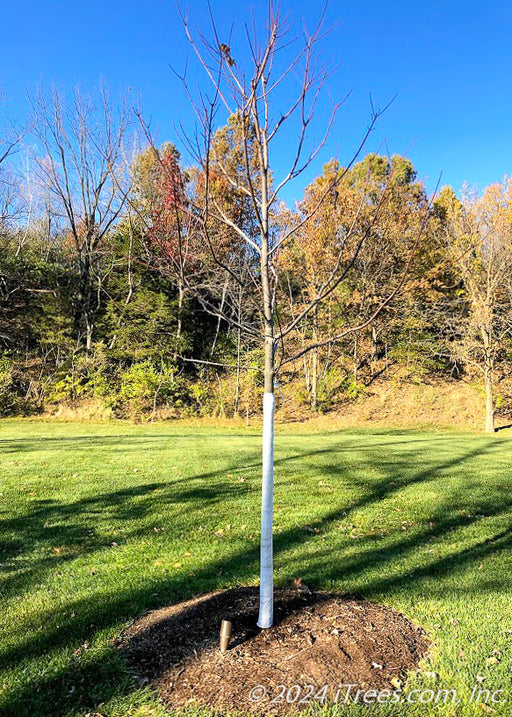Why it rocks:
Fort McNair Horsechestnut is the showstopper of the yard! Picture this: a dazzling ornamental shade tree bursting with stunning fuchsia flowers flaunting cheerful yellow centers, all coming alive in mid-spring. Talk about a bloom-tastic way to add some pizzazz and cool shade to your outdoor space! These flowers, along with its large, palm-like leaves, which turn golden yellow in autumn, create a dense, tropical-like canopy. This tree was chosen for its superior resistance to leaf blotch disease and its awe-inspiring beauty from the landscape grounds of Fort McNair in Washington, DC. Fluttering butterflies and speedy hummingbirds can’t get enough of this tree, making it a wildlife party right outside your window! It's important to note that while it does produce small ornamental nuts, they are not safe to eat. Fort McNair Horsechestnut will bring jaw-dropping beauty and delightful shade to any outdoor scene!
Where to put it:
Fort McNair Horsechestnut grows to medium size, making it ideal for smaller landscapes. This tree adds charm and shade near patios, in front yards, or as an accent around your home. It will truly shine when planted within flower beds or standing alone. Placing it outside a window can provide hours of entertainment as you watch butterflies and hummingbirds visit. However, it's best to avoid planting this tree near walkways due to the litter from its fruit. Additionally, keep it away from areas where pets, horses, or grazing livestock may roam, as all parts of the tree are toxic if ingested. It is suitable as an attractive ornamental tree in wide medians and residential parks. We recommend planting it at least 15 feet away from buildings to provide ample space for its stunning round canopy to develop.
What it needs:
Fort McNair Horsechestnut is a hardy tree that thrives in full sunlight and well-drained soil. While it can tolerate dry conditions and partial shade, planting it in a fully sunny location will yield the most vibrant spring blooms. To promote a strong & healthy root system, be sure to adhere to our tree care guidelines during the first few growing seasons.















